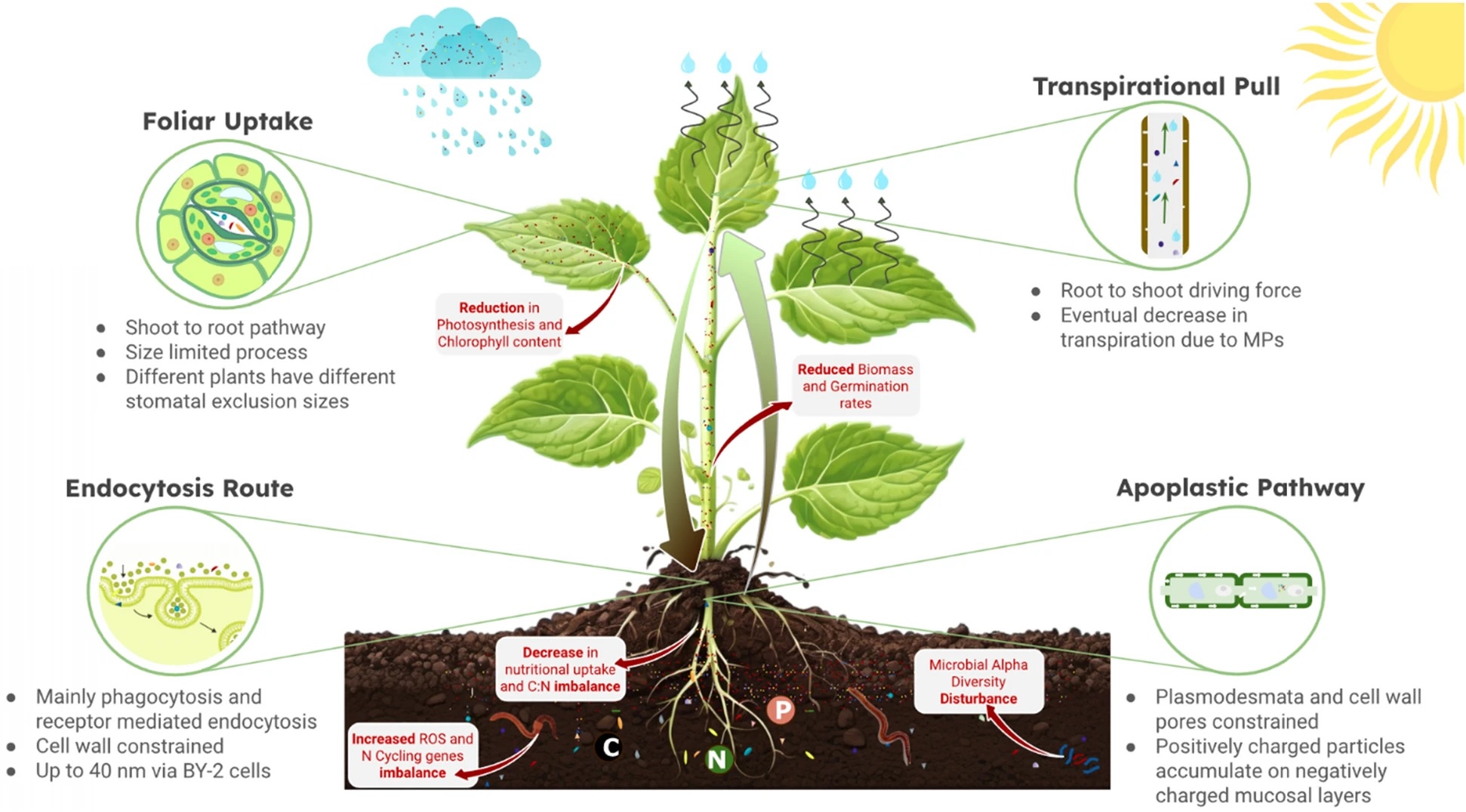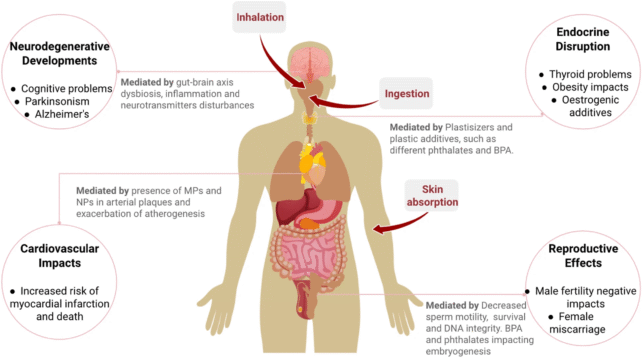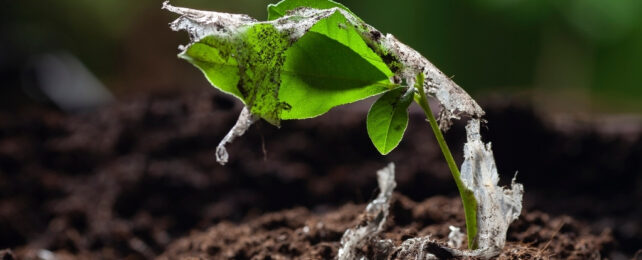Tiny plastic particles are making their way into our soils, carrying with them hazardous additives and pollutants. These substances have been detected in food crops like lettuce, wheat, and carrots, revealing how plastics and their additives make their way up the food chain into your salad – and your body.
Environmental biotechnologist Joseph Boctor, from Murdoch University in Australia, led a team that reviewed nearly 200 scientific papers to track how plastics, and the chemicals they're made with, enter farmlands and fresh produce.
Scientists estimate that in Europe and North America, hundreds of thousands of tonnes of microplastics end up in agricultural soils each year.
"Acting as a long-term sink, soil accumulates these recalcitrant pollutants over time, with an estimated 22,500 tonnes of microplastics introduced into UK soils annually through fertilizers and additives alone," the team reports.
Plastic mulching is a common agricultural technique that involves laying sheets of plastic across the soil to suppress weeds, keep moisture in, and maintain a more even soil temperature. Because it so successfully increases crop yield and water efficiency, farmers across the world are adopting the technique.
But the popularity of plastic mulch has also made it the main contributor of microplastics and nanoplastics to agricultural soils, as described in multiple studies.
The team also identified sewage sludge, biosolids, and organic fertilizers as sources for the microplastics turning up in our grains and vegetables.
Microplastics can enter plants in a few ways. They get in when the plants' cells – especially those in the roots – gulp up matter from the outside, in a process called endocytosis. They can also be absorbed directly from the air, through the pores of the plants' leaves. And some are carried through water taken up by the roots.

"These microplastics are turning food-producing land into a plastic sink," Boctor says. He is seriously concerned about the lack of transparency and research around microplastics, as well as the plastic additives that can often accompany them. Research has shown they could affect global crop yields as well as human health.
In the human body, micro- and nano-sized plastic particles have been linked to increased male fertility problems, heart and blood vessel damage, hormone disruptions, brain neuron degeneration, and DNA damage. Particularly concerning studies have also found the substances used to produce plastics can be transferred from mother to baby through the placenta.

Concerning plastic additives include synthetic chemicals like phthalates, which have been linked to hormone and reproductive issues, and a class of flame retardants called PBDEs (polybrominated diphenyl ethers), which have been linked to increased risk of cancer death, and in rodents, were found to have toxic effects on the liver, thyroid, and reproductive and immune systems.
"This review tries to bring this creeping danger under the radar and shine a flashlight on regulators… the plastic crisis [is] unchecked, and human health exposed," Boctor says.
"These are not distant possibilities – they are unfolding within biological systems – silently and systematically."
The report is published in Environmental Sciences Europe.
